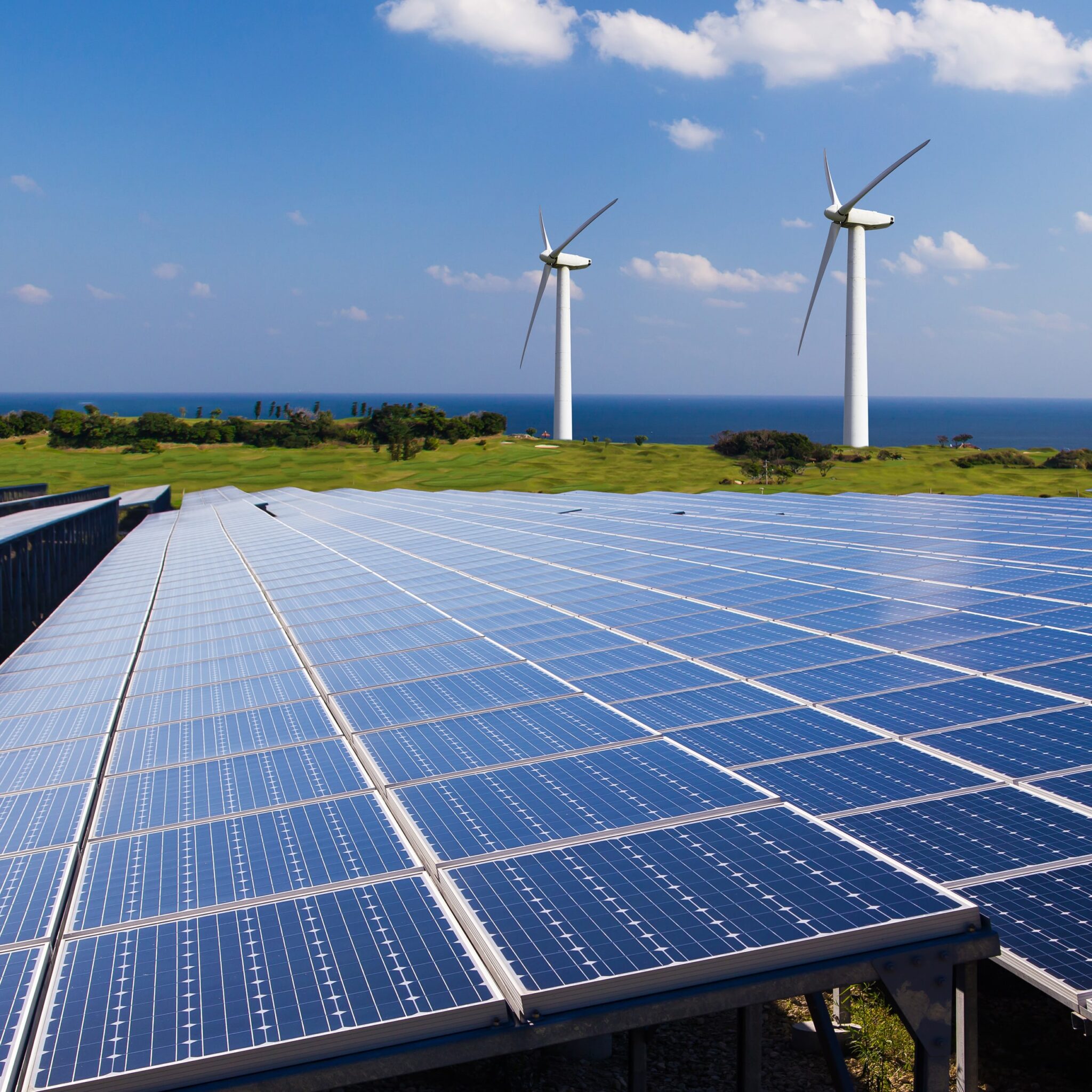Renewable energy has been around for centuries, but it’s only in recent years that technology has advanced enough to make it a viable option for large-scale energy production. With the help of new innovations, renewable energy sources like solar, wind, and hydro power are becoming increasingly accessible and affordable. In this article, we’ll explore how technology is advancing the use of renewable energy and what it means for the future of energy production.
Solar Energy
 Source: bing.com
Source: bing.comSolar energy is one of the most popular forms of renewable energy, and for good reason. It’s abundant, free, and doesn’t produce any harmful emissions. Advances in solar technology have made it more efficient and cost-effective, making it a viable option for both residential and commercial properties. One of the biggest advancements in solar technology is the development of photovoltaic (PV) cells, which convert sunlight into electricity. These cells have become smaller and more efficient over time, making it possible to produce more energy with fewer panels.
Another innovation in solar technology is the use of solar farms, which are large-scale installations that can produce enough energy to power entire cities. These farms use thousands of solar panels to generate electricity, which is then fed into the grid. This technology is becoming increasingly popular as the cost of solar panels continues to decrease and the demand for renewable energy grows.
Wind Energy
 Source: bing.com
Source: bing.comWind energy is another popular form of renewable energy that has seen significant advancements in recent years. Advances in turbine technology have made it possible to produce more energy with fewer turbines, reducing the cost of wind energy. The development of offshore wind farms has also made it possible to generate energy in areas with strong winds, which are typically located far from populated areas.
One of the biggest challenges with wind energy is its intermittent nature. Wind turbines only produce energy when the wind is blowing, which can make it difficult to rely on wind energy as a primary energy source. However, new battery storage technology has made it possible to store excess energy generated by wind turbines, which can be used when the wind isn’t blowing. This technology has made wind energy more reliable and has increased its potential as a primary energy source.
Hydro Power
 Source: bing.com
Source: bing.comHydro power has been used for centuries to generate energy, but recent advancements in technology have made it more efficient and cost-effective. One of the biggest innovations in hydro power is the development of run-of-the-river hydroelectric plants, which don’t require a dam or reservoir to generate electricity. Instead, these plants use the natural flow of a river or stream to turn turbines and generate electricity.
Another innovation in hydro power is the use of tidal energy, which harnesses the power of ocean tides to generate electricity. This technology is still in the early stages of development, but it shows great potential for generating renewable energy in coastal areas.
Conclusion
The advancements in technology have made renewable energy more accessible and affordable than ever before. Solar, wind, and hydro power are becoming increasingly popular as the demand for renewable energy grows. With continued investment in research and development, renewable energy has the potential to become the primary source of energy for the world in the coming years.